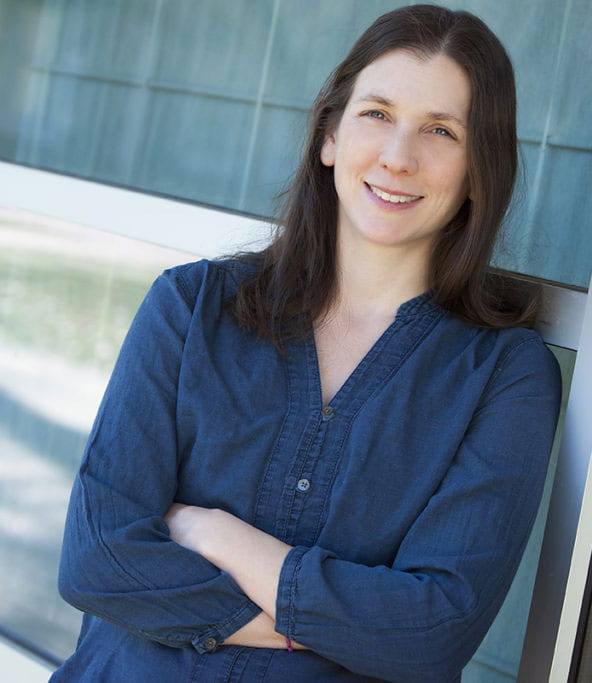Cited By
View all- Ganguli IBhowmick RBiswas SSil J(2024)Intelligent Program Correction and Evaluation SystemInternational Journal on Artificial Intelligence Tools10.1142/S021821302350071933:02Online publication date: 30-Mar-2024
- Yang DHe JMao XLi TLei YYi XWu J(2024)Strider: Signal Value Transition-Guided Defect Repair for HDL Programming AssignmentsIEEE Transactions on Computer-Aided Design of Integrated Circuits and Systems10.1109/TCAD.2023.334175043:5(1594-1607)Online publication date: 1-May-2024
- Zegura CShapiro BMacDonald RBorenstein JZegura E(2023)“Moment to Moment”: A Situated View of Teaching Ethics from the Perspective of Computing Ethics Teaching AssistantsProceedings of the 2023 CHI Conference on Human Factors in Computing Systems10.1145/3544548.3581572(1-15)Online publication date: 19-Apr-2023
- Show More Cited By


